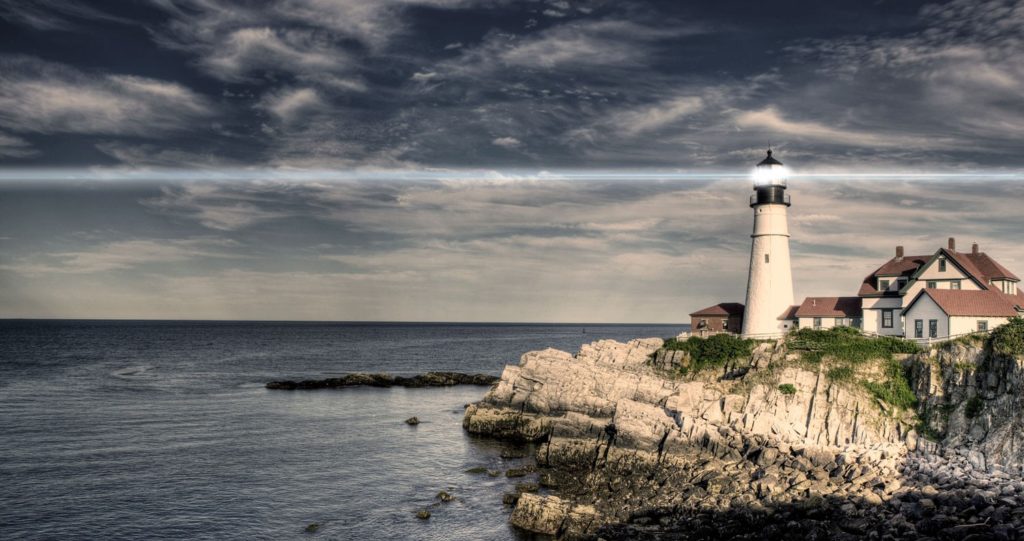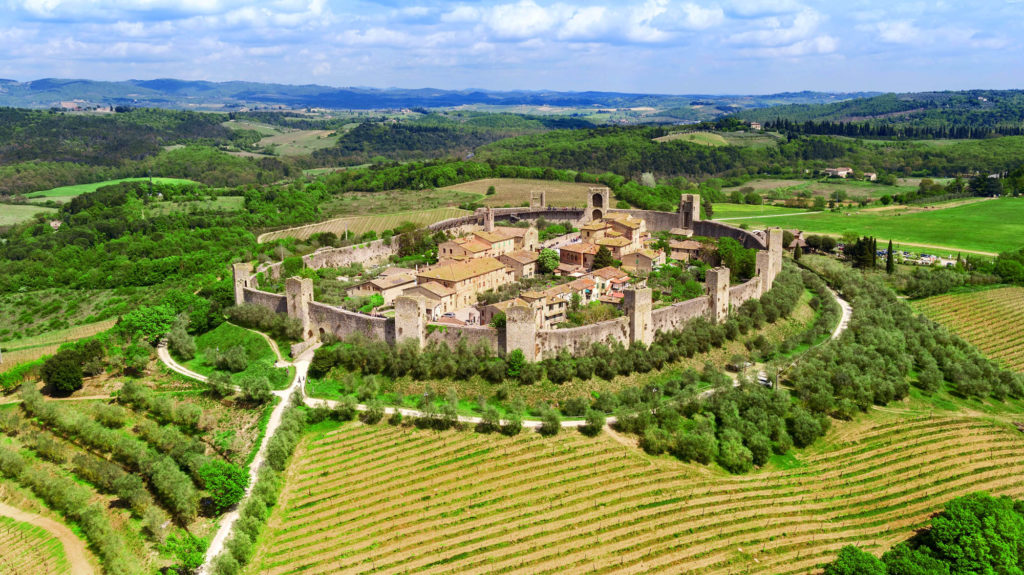“You are the light of the world. A city set on a hill cannot be hidden. Nor do people light a lamp and put it under a basket, but on a stand, and it gives light to all in the house. In the same way, let your light shine before others, so that they may see your good works and give glory to your Father who is in heaven.”
Matthew 5:14-16

In 1990, I began my first stint with college life. As a freshman, and newly reborn believer, I invested a huge amount of time in the Baptist Student Union – now known as Baptist Collegiate Ministries. It was through this campus organization that I had numerous summer missionary opportunities in such places as Cochise County in Arizona, Hong Kong, Cuidad Acuna in Mexico, and Plaquemines Parish in Louisiana. It was also the place that I developed some of the longest lasting friendships that I still have today. One of those friendships was with a young student evangelist named Kenny Moore.
I still have one of Kenny’s business cards from those days. It had the usual contact information while in the background it had the picture of a lighthouse. When Kenny gave me his card, he asked if I knew what the lighthouse meant. Well, I was familiar with the old gospel song “The Lighthouse” and I assumed that it meant that the lighthouse was a representation of Jesus – a light shining in the darkness to guide us to the safety of shore. However, Kenny gently corrected my misconception when he said, “No, the lighthouse is me. It is us as believers who are called to shine the light of Jesus in the world.”
Thus began my fascination with the imagery of lighthouses. I’ve always been drawn to paintings and photographs and posters of lighthouses. I’ve always loved ceramic and porcelain mantlepieces of lighthouses, even though I have none of my own to this day. And there are some things about lighthouses that I learned over the years that has stuck with me, thanks to Kenny’s enlightenment.
First of all, lighthouses are not built on beaches, but rather on rocky cliffs overlooking the sea. This provides for more stability when the storms of the sea come crashing in. Secondly, a working lighthouse must never be abandoned – someone must always be there to tend to the light and ensure that it is always shining. Finally, the beacon is actually a large mirror that reflects the light within it and projecting it through a rotating lens so that it can be seen from all around.
One of the Seven Wonders of the Ancient World was the great Lighthouse of Alexandria, built during the reign of Ptolemy II, and was one of the tallest man-made structures in the world in its day. It was severely damaged by earthquakes and then abandoned to ruin. The last portions of it were used to build what is now the Citadel of Qaitbay, built in the 15th century.
In the Christian life, we are called to be a lighthouse to the world. We are called to build our lives on the solid rock of the proclamation of Jesus as the Christ, the Son of the Living God. This firm foundation is one that is unshakable, even as the storms of life come crashing in around us. The truth of Jesus as the Messiah in unchanging and eternal and is our anchor in the storm. We must anchor deep within Him and abide in Him in order to withstand the trials and tribulations of this life.
Secondly, we must always be tending to the light and keeping it shining. That is our number one responsibility as ambassadors of Christ – to shine the light of the King upon this dark world so that others can see the safety of shore and be warned of the dangers below. And we must always be attentive to the light, ensuring that it is shining as bright as possible so that the whole world can see Jesus for who He really is – our safe harbor in the midst of the storm.
Finally, the light that we shine is not our own light, but it is a reflection of His light that is focused outwards towards all around us. This is evidenced by our works of service that are done with a pure heart that seeks not its own gain or reward through pats on the back. It is so that those we minister to will come to know Jesus as the provider of eternal safety in this life and beyond. As we saw in Matthew 4:23-25, Jesus met the physical needs of those who came to Him first and then He addressed their spiritual need for the Kingdom beginning with the Sermon on the Mount.
In a typical home in Jesus’ time, when it reached sundown, it was the duty of a member of the household to light an oil lamp and place it in a position so that all in the home could see in the dark. Darkness in and of itself has no substance. It’s empty. When we are in the dark, it is not so much that we are “in darkness”, but rather we are absent from the light. That’s all darkness is – the absence of light. If you go into a dark closet and close the door, typically you can not see anything once you are in there. All it takes is the tiniest of lights – like the one on your watch – to pierce that darkness and allow a small amount of sight. The brighter the light, the greater the vision.
In Tuscany, Italy – perhaps one of my favorite places in the world – cities are built in one of two locations. They are either built near a river so that the inhabitants have access to fresh water and commerce. Examples of this include Florence and Pisa, as they were built on the banks of the River Arno. The downside to building cities on a riverbank is the potential for flooding, which can cause tremendous damage – as evidenced in the Florence Flood of 1966, which killed 101 people and destroyed millions of artistic masterpieces. There is are still marks of this destruction around parts of Florence to this day.
Elsewhere in Tuscany, cities are built on the top of hills, typically in order to be fortified against attacks by other warring city-states. Examples of this include Arezzo and San Gimignano (the Town of Fine Towers). One unique town is Monteriggioni, which is built on a hill, but also surrounded by a high wall and watchtowers, with only a single gate, the Porta Franca, in and out of the city. This city was the inspiration for the ring of giants that encircled the abyss of Inferno in Dante Alighieri‘s masterful work, The Divine Comedy.

As a city on a hill, the Church has only one entrance and that is through submission to Jesus Christ as Lord of our lives. We are built upon a rock that is steady and sure so that the world can see that the work that we do in for the His glory, not ours. For that to be true, we must always be attentive to the light and continually submit to Him daily, taking up our cross – not a cross of obligatory burden, but a cross of victory over sin, death, and the grave. Above all, we must remember that He is the light that lives within us and we must live in a way that is reflecting His light to all around us, so that they will see the dangers below and be guided safely home to shore.